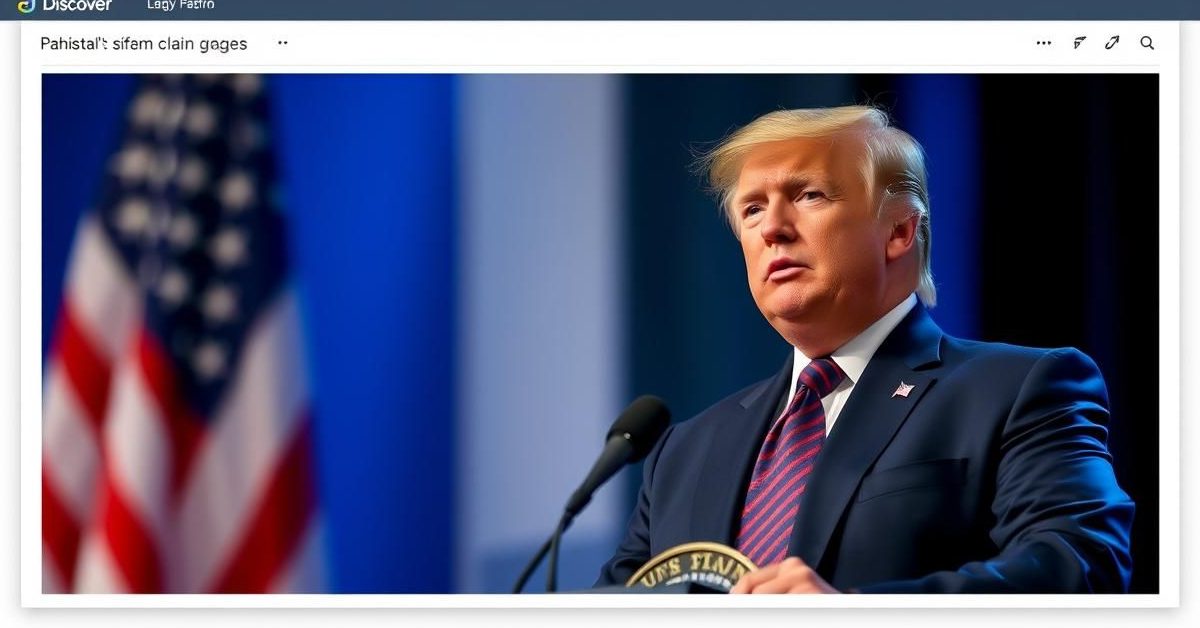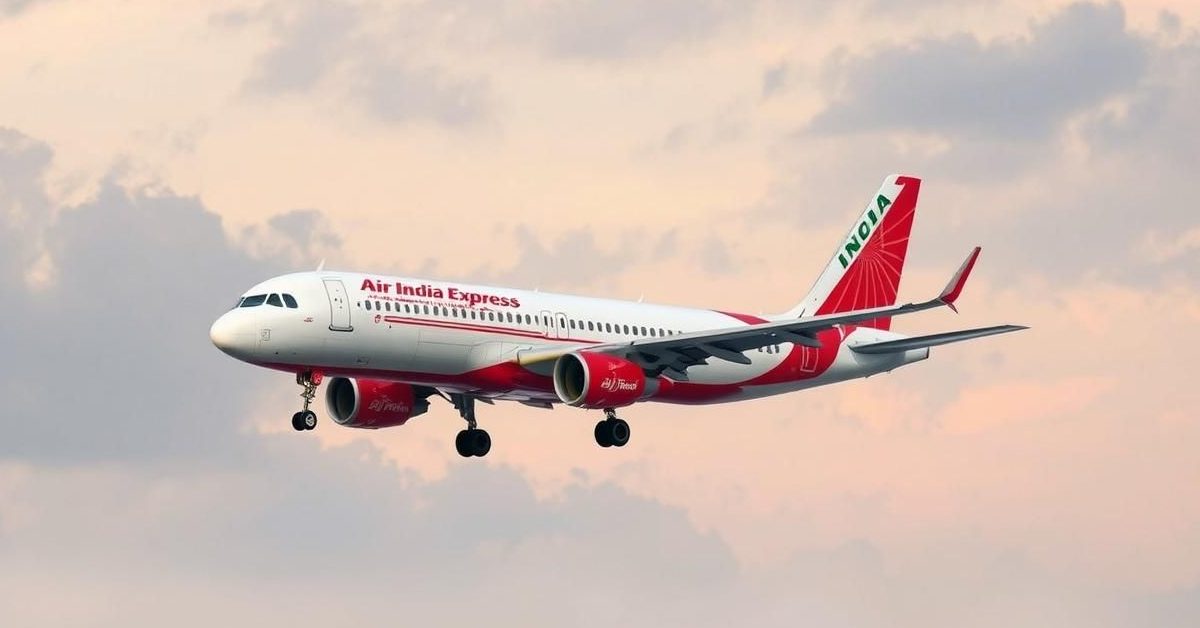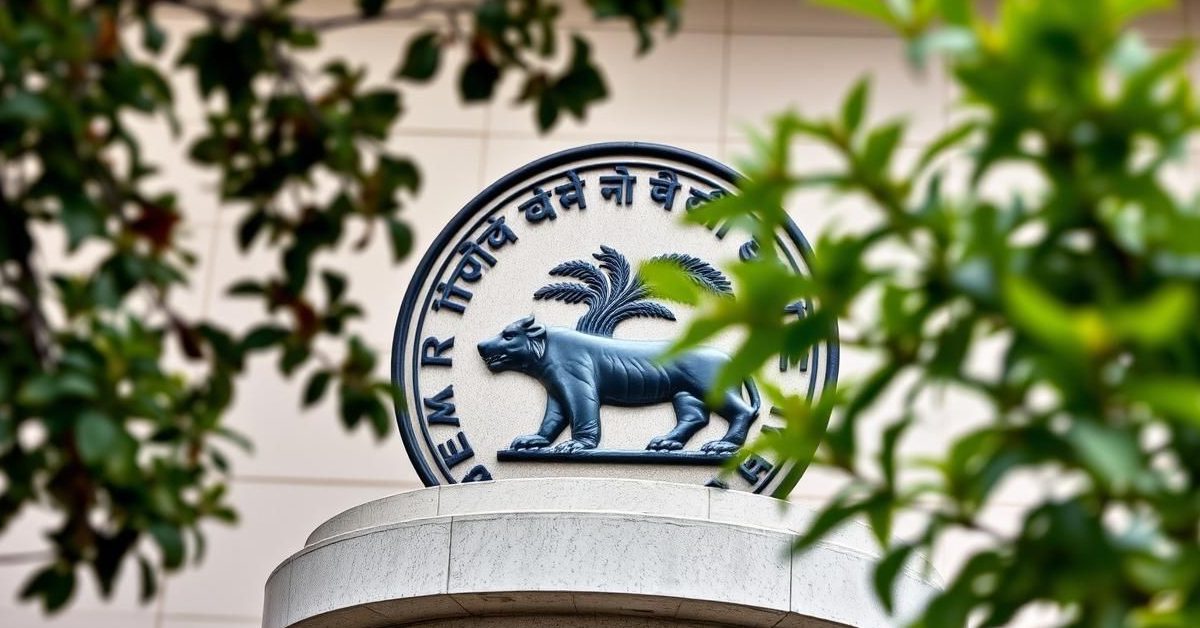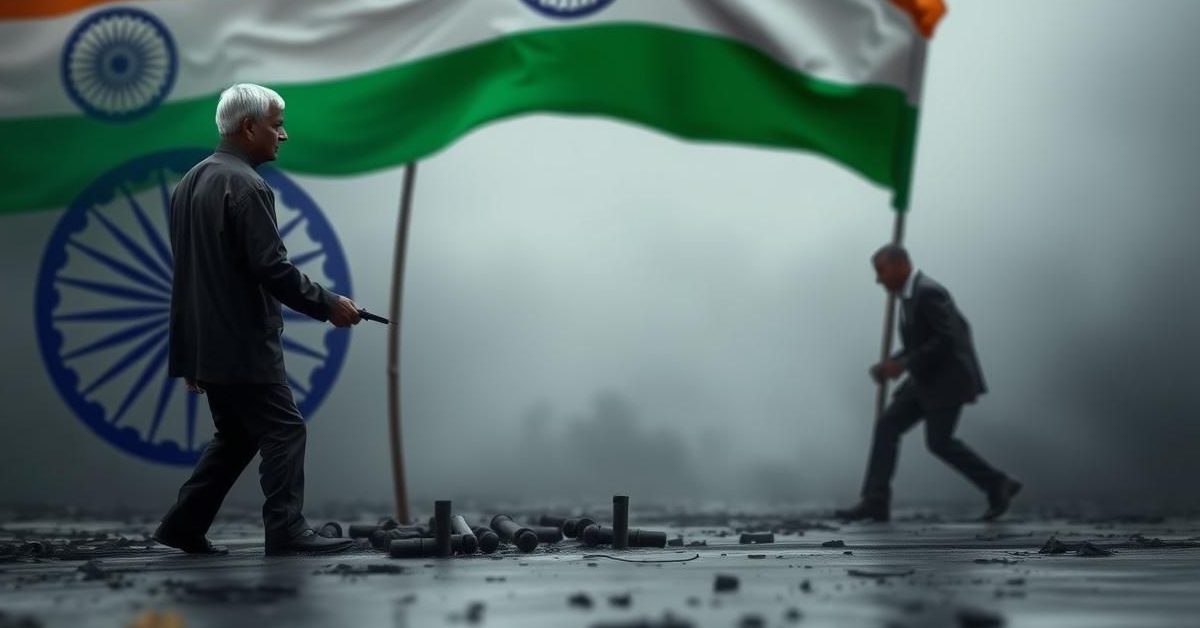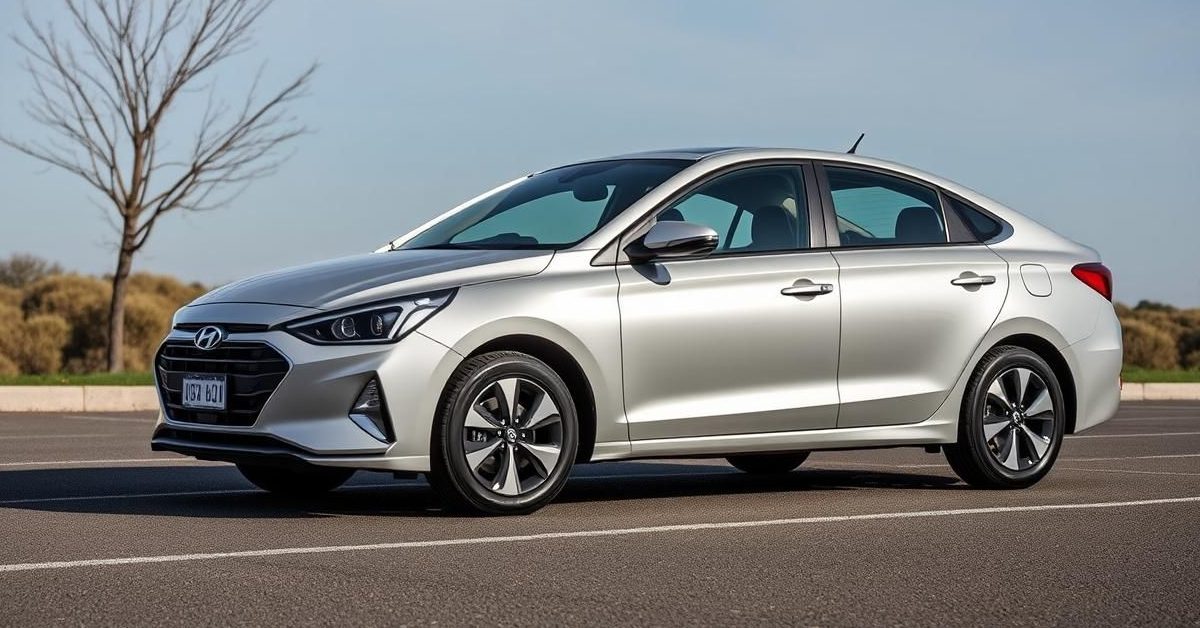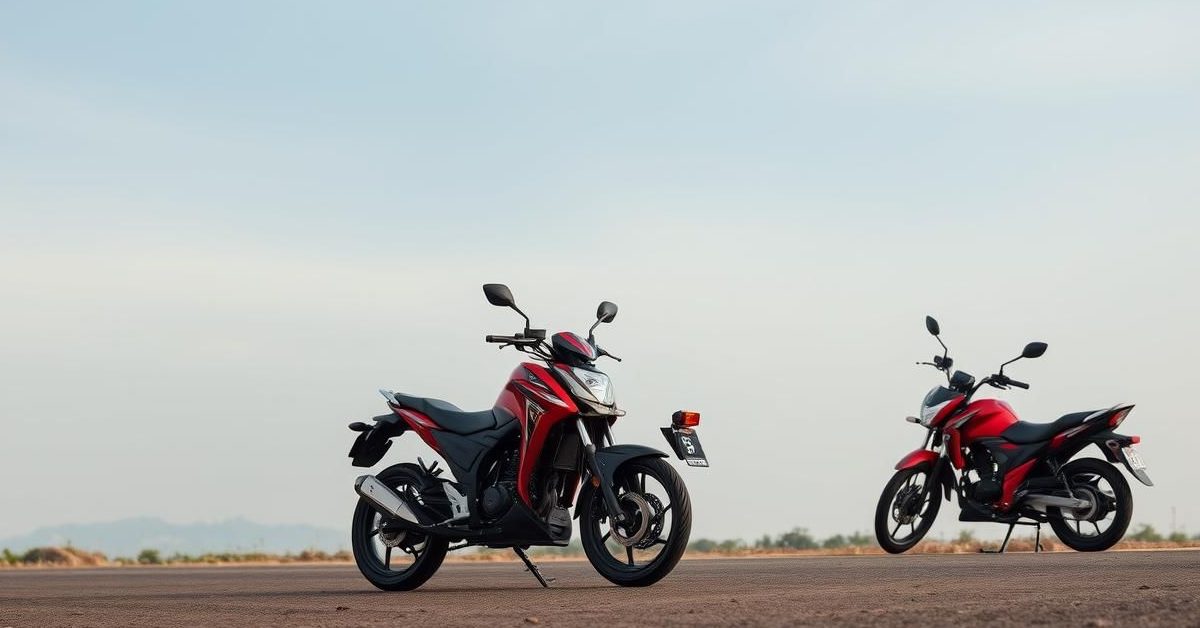US President Donald Trump recently made headlines by claiming America would help Pakistan develop its “massive” oil reserves, a statement that raised eyebrows given Pakistan’s heavy reliance on energy imports and limited known hydrocarbon production.
Trump’s Unexpected Announcement
During a recent statement, President Trump suggested that Pakistan holds significant oil resources. He even speculated that Pakistan might “maybe” one day sell oil to India. This remark was widely seen as a subtle jab at New Delhi’s substantial imports of Russian oil, an ongoing point of discussion in US-India relations.
The comment also comes amidst heightened tensions between India and Pakistan following a military confrontation earlier this year. Trump has repeatedly claimed to have brokered a ceasefire, though India maintains no third-party mediation occurred.
The Truth About Pakistan’s Oil Reserves
Currently, Pakistan’s proven recoverable conventional crude oil reserves are estimated to be between 234 million and 353 million barrels. To put this in perspective, India’s proven reserves are nearly 14 times higher, at 4.8-5 billion barrels. Globally, Pakistan ranks between 50th and 55th in proven oil reserves, far behind India which is in the early 20s.
Pakistan’s daily oil production hovers around 60,000 barrels, just a tenth of India’s over 580,000 barrels per day. Both nations heavily depend on energy imports to meet their domestic demands, with oil being a top import for both.
The “Massive Reserves” Hypothesis: A Closer Look
The idea of Pakistan sitting on “massive” oil reserves likely stems from a 2015 report by the US Energy Information Administration (EIA). This report estimated about 9.1 billion barrels of “technically recoverable” shale oil resources in Pakistan, based on geological data rather than actual exploration. India’s comparable estimate was 3.8 billion barrels.
However, “technically recoverable” is a very different concept from “proven reserves.” Technically recoverable resources are what can theoretically be produced with current technology. A much smaller portion of these are “economically recoverable,” meaning they can be produced without financial loss. “Proven reserves” are the most certain category, meaning they are recoverable with reasonable certainty under existing conditions.
The EIA report also noted that shale oil recovery rates are typically very low, ranging from 3% to 7%. This significantly diminishes the actual potential from that initial 9.1 billion barrel estimate.
Challenges to Realizing Potential
Hydrocarbon exploration is an extremely costly and long-term endeavor, often taking many years from initial discovery to commercial production. For a country like Pakistan, with its fragile economy, affording the billions of dollars in investment required for such projects presents a significant hurdle.
While theoretical potential exists, experts believe it is highly improbable that Pakistan will make a discovery large enough to offset its own import needs and then have surplus to export, especially to a major consumer like India. Any substantial development would likely require significant foreign investment and expertise, possibly from American oil majors.
- Pakistan’s proven oil reserves are significantly smaller than India’s, ranking it low globally.
- The “massive” reserves claim may originate from a 2015 report on “technically recoverable” shale oil, not proven reserves.
- “Technically recoverable” resources do not guarantee economically viable or actual production.
- Oil exploration is very expensive and time-consuming, posing a challenge for Pakistan’s economy.
While the prospect of new energy sources is always intriguing, current data suggests Pakistan is unlikely to become a major oil exporter in the near future without truly miraculous and unprecedented discoveries.
US President Donald Trump recently suggested America would help Pakistan develop its “massive” oil reserves, a claim that has surprised many given Pakistan’s long history as an energy importer with limited known production.
Trump’s Bold Statement
President Trump’s announcement on a social media platform suggested Pakistan holds vast oil wealth. He even went so far as to say “maybe” Pakistan would someday “be selling oil to India.” This remark was widely interpreted as a subtle jab at New Delhi’s substantial imports of Russian oil, a sensitive point in India-US relations.
The statement also comes amidst ongoing tensions between India and Pakistan. Trump has repeatedly claimed to have brokered a ceasefire between the two nations, a claim India has disputed, maintaining there was no third-party mediation.
The Reality of Pakistan’s Reserves
Official estimates peg Pakistan’s proven recoverable conventional crude oil reserves between 234 million and 353 million barrels. In comparison, India’s proven reserves are estimated at a much higher 4.8-5 billion barrels, roughly 14 times more than Pakistan’s. Globally, Pakistan ranks between 50th and 55th in proven oil reserves, while India is in the early 20s.
Pakistan’s oil production is about 60,000 barrels per day, only a tenth of India’s daily output of over 580,000 barrels. Both countries are heavily reliant on energy imports to meet their domestic demands, with oil consistently being one of their top imports by value.
Tracing the “Massive” Claim
So, where does the hypothesis of Pakistan sitting on “massive” oil reserves come from? The most likely source is a 2015 report by the US Energy Information Administration (EIA). This report estimated around 9.1 billion barrels of “technically recoverable” shale oil resources in Pakistan.
However, it’s crucial to understand the difference. “Technically recoverable” means oil and gas that can theoretically be produced using current technology and geological knowledge, but without actual exploratory efforts. These estimates cannot be equated to “proven reserves,” which are volumes confirmed to be recoverable under existing economic and operating conditions with reasonable certainty.
Understanding Oil Resource Categories
The hierarchy of hydrocarbon resources starts with “technically recoverable resources,” which is the broadest category. A smaller subset of these are “economically recoverable resources,” meaning they could be produced without incurring a loss. The most certain category is “proven reserves.”
The EIA’s 2015 report also highlighted that shale oil recoverability is quite low, typically ranging from 3% to 7% of the total oil in place. This means that even a 9.1-billion-barrel “technically recoverable” estimate doesn’t translate directly into a huge amount of commercially viable oil. Without actual exploration and economic viability studies, it remains largely speculative.
The Road Ahead for Pakistan
Hydrocarbon exploration is a capital-intensive and time-consuming process. It can take many years from initial surveys to actual production. For Pakistan, a country with a fragile economy, securing billions of dollars in investment for such long-gestation projects presents a significant challenge.
While nothing is impossible, experts believe it’s highly improbable for Pakistan to make an oil discovery vast enough to meet its own import needs and then have enough left over to export to a major consumer like India. Any serious effort would require substantial financial backing, perhaps from international oil majors.
- Pakistan’s current proven oil reserves are significantly lower than India’s.
- The “massive” reserves claim likely refers to “technically recoverable” shale oil, not proven, easily extractable reserves.
- “Technically recoverable” resources don’t guarantee economic viability or actual production.
- Oil exploration is a costly and lengthy process, posing a significant challenge for Pakistan.
While the prospect of new energy sources is always promising, turning hypothetical potential into actual production will require immense investment and time, making a rapid shift in Pakistan’s energy landscape unlikely.

